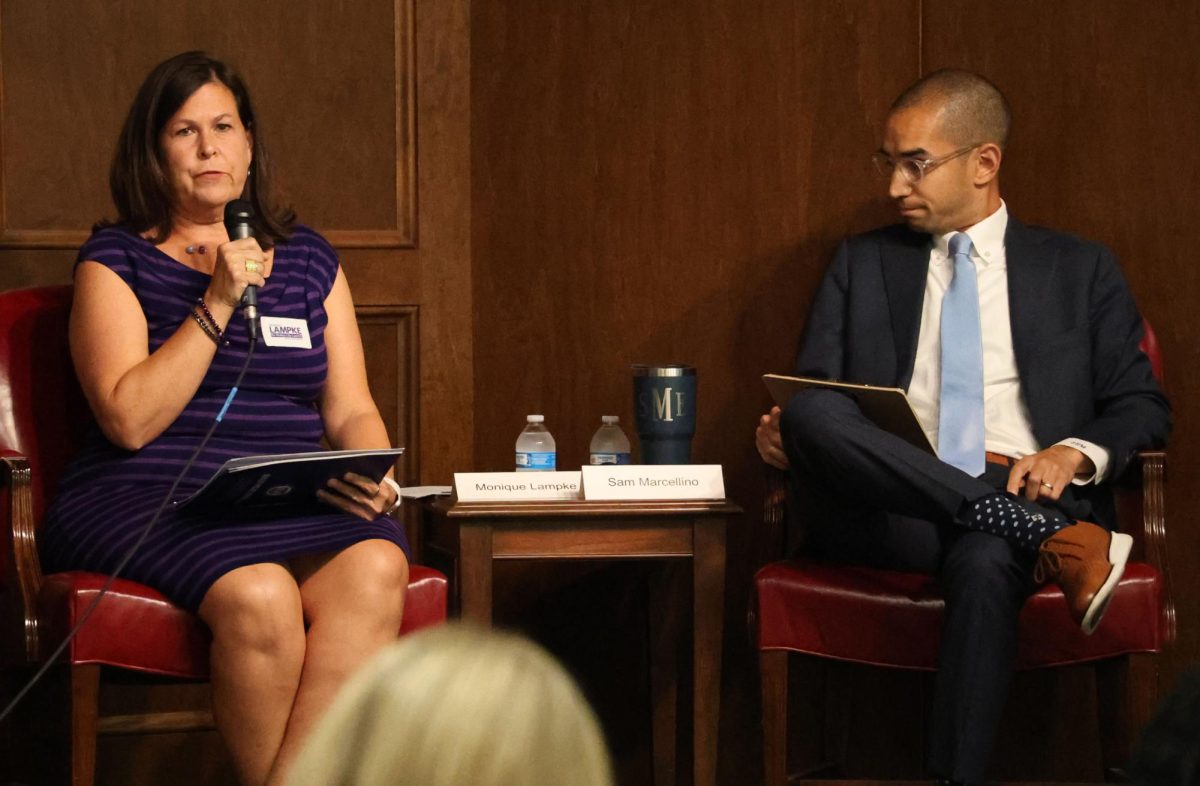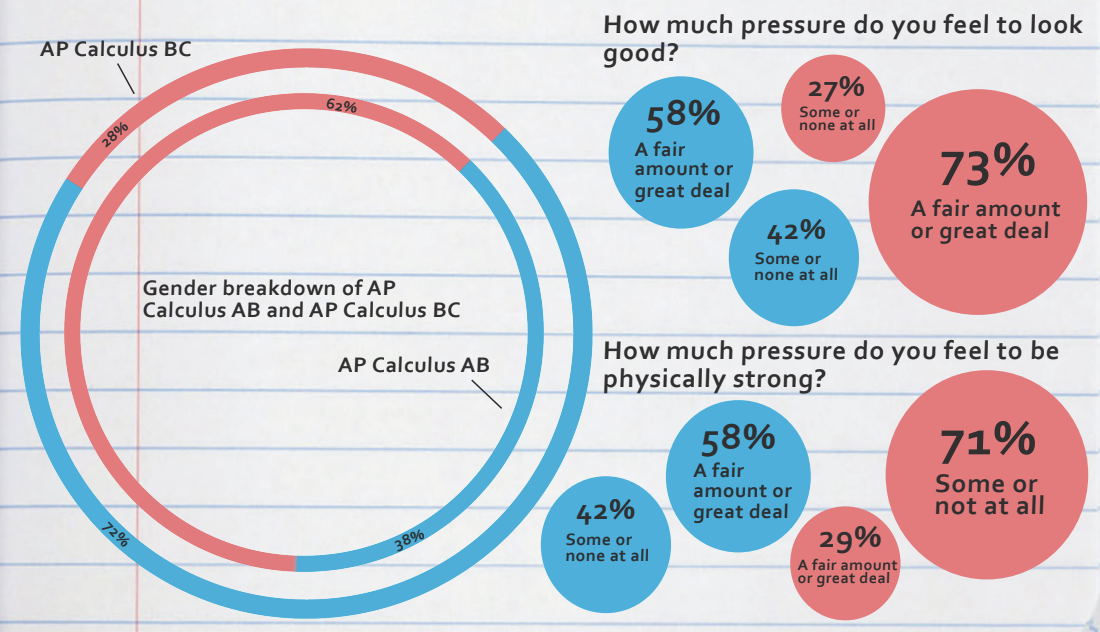The divide between genders starts at an early age: girls are given Barbie dolls while boys are given matchbox cars, leading to different ambitions later in life. According to the National Science Foundation, women make up 35% of workers in STEM occupations, while men account for the other 65%. This drastic difference illustrates the underrepresentation of women in STEM fields caused by discouraging stereotypes, a lack of mentorship for young girls and sexism in the workplace.
According to the University of Washington, boys are more interested than girls in computer science and engineering as young as 6 years old. Society’s embedded gender stereotypes encourage boys to pursue their STEM interests while girls begin to turn away more strenuous subjects. This culminates in women making up around 20% of engineering and computer science majors, showing an extreme tendency for men to study these two more difficult fields of interest.
The desire to ignore society’s standards is weakened by the absence of female role models in the field of STEM. There unfortunately aren’t as many esteemed female scientists, engineers or mathematicians as there are men who have successfully established themselves in the world of STEM. This makes these fields much less appealing to young women and prevents them from developing and pursuing their budding interests. It is crucial for young girls to have mentors and encouragement to enable their exploration of STEM. Whether it’s by informing them about accomplished individuals or introducing them to numerous topics through hands-on educational programs, working directly with young girls empowers them early on.
Similarly, the gender wage gap for working Americans persists in STEM careers. Although the wage gap is prevalent in a wide variety of professions, it can be particularly detrimental to aspiring women in STEM. These subjects are considered some of the most demanding areas of study, so it may not feel like the extensive efforts to master such challenging topics are worth it. Continuing the fight for gender equality and fair compensation at work is an important part of motivating women in STEM.
Additionally, male-dominated workplaces foster a toxic environment for women. In STEM jobs, women are much more likely than men to say they have experienced discrimination at work because of their gender, according to the Pew Research Center. Putting in years of work to develop one’s career is difficult enough without the issues inflicted by hostile colleagues. Educating society and aiming to ease such tensions in the workplace would help make it more welcoming for women.
The age-old gender divide in STEM will continue to prevail unless action is taken to prompt necessary change. In order to achieve this, it is crucial to battle existing stereotypes, make an effort to fuel young girls’ interests in STEM and establish a more inclusive environment that they are eager to be a part of.


























